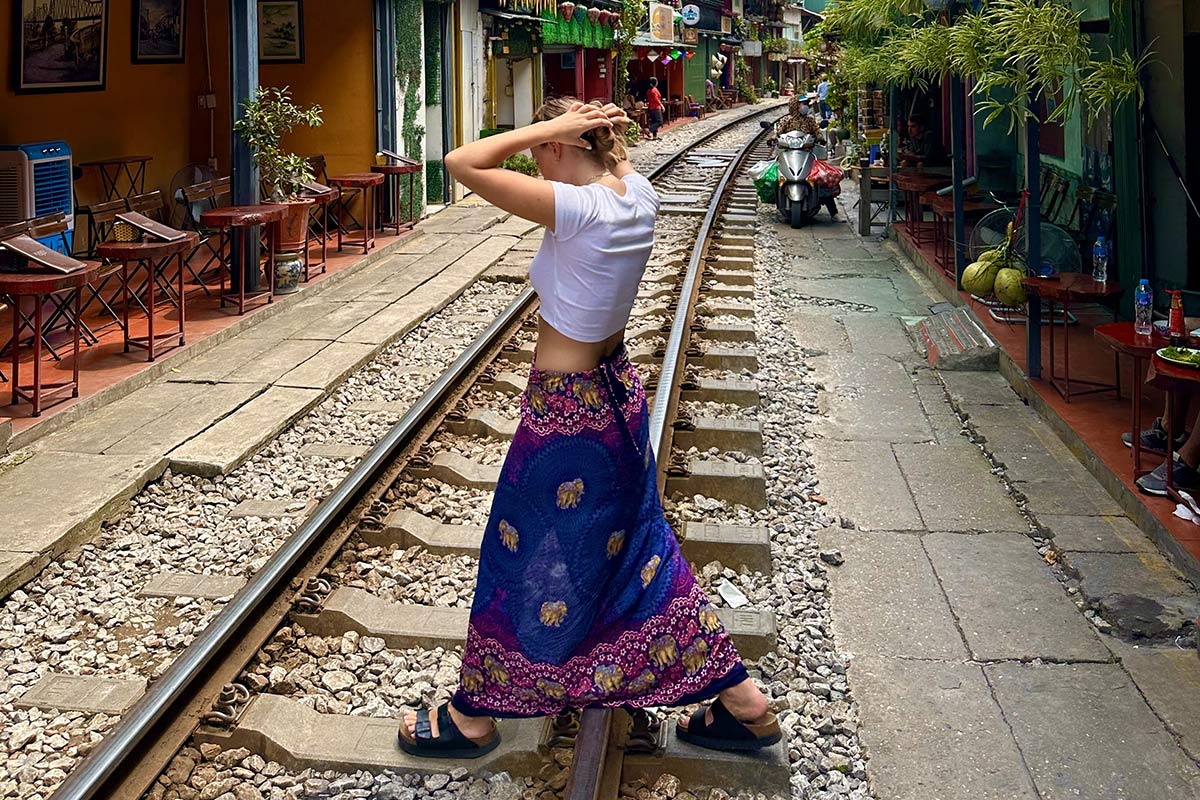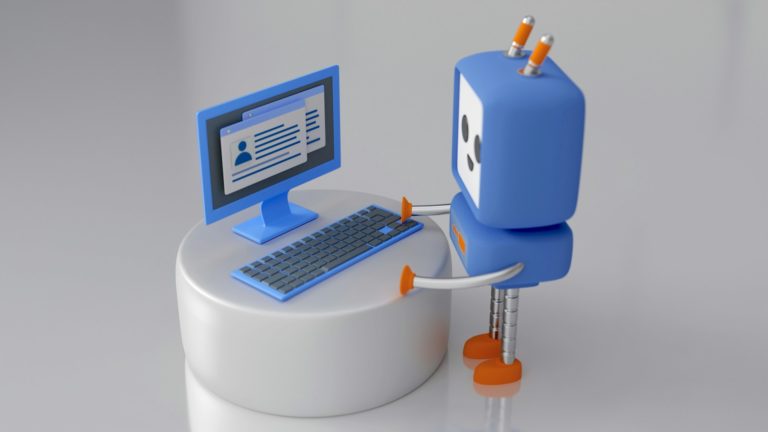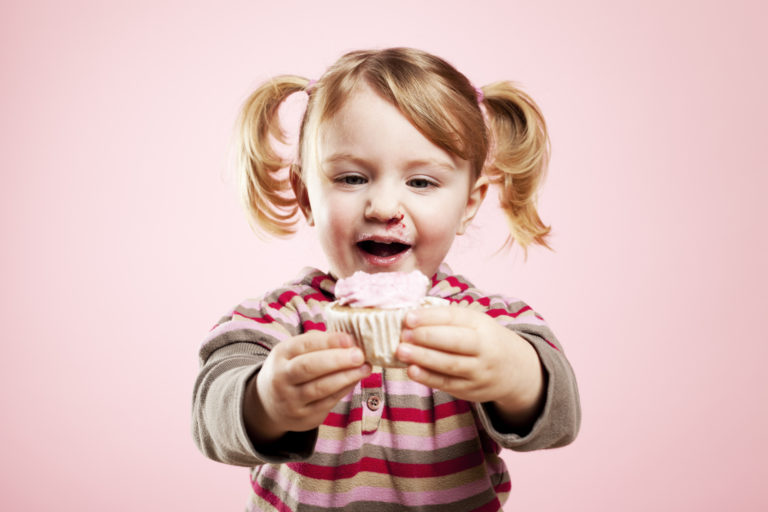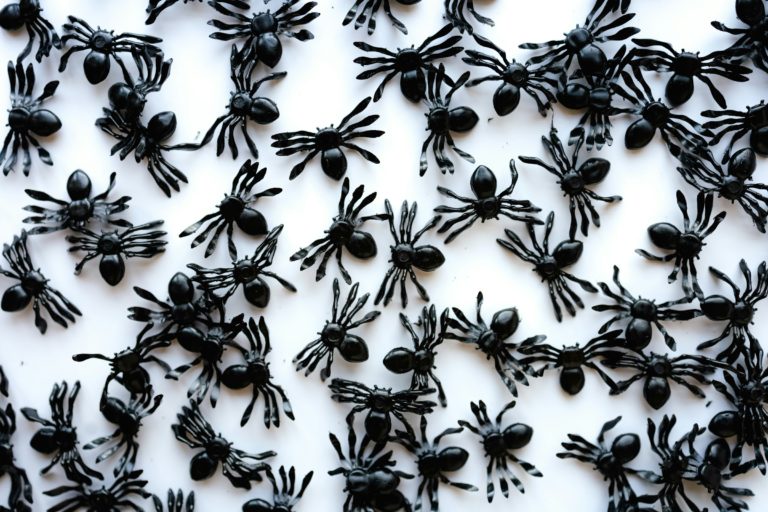Crafting the sober narrative: the power of stories in no-booze marketing
Low and no-alcohol drinks are definitely on the rise. According to Mintel, six out of 10 adults are now limiting or avoiding alcohol. This isn’t a trend limited to Dry January; it’s becoming a lifestyle choice. So how are these brands not only breaking into the alcoholic drinks market but thriving? The answer: strong storytelling.
Alcohol-free is on the rise
Marketing campaigns that connect with us emotionally are nothing new. But in the age of increasingly sophisticated content marketing, it’s getting harder for brands to position themselves distinctively in a crowded market.
But low- and no-alcohol brands may have an advantage if they can tell a good story. Lucky Saint, a no-alcohol beer, won Marketing Society’s Brand of the Year in November 2023. On the surface, Lucky Saint appears very similar to their alcoholic counterpart: from the name to the packaging. But it’s Lucky Saint’s storytelling and CRM approach that makes it stand out when it comes to brand building.
Key to Lucky Saint’s success is understanding that their target audience of millennials and Gen Z are after more than a conventional brand. And Lucky Saint delivers. Drinkers are invited to ‘Our Pub’ (The Lucky Saint in Marylebone), which creates instant inclusion. (Gen Z are three times more likely to feel lonely than people aged 65-plus). The brand is a B Corp company, and they run a mental-health first-aid training mission for hospitality – values that align with their target audience. This in turn creates stories that matter to their audience – providing a strong brand identity and an instant connection. With a friend referral programme, and a ‘Super Saints’ Reward Programme, it pays to be loyal.
The non-alcoholic spirit brand Seedlip has a similar story. It positions itself as the first non-alcoholic spirit, offering the same level of sophistication as its alcoholic counterparts. Once again, storytelling is at the heart of the brand, with a pared-back approach that places the focus on ingredients, nature and sustainability.
It’s no surprise that the market for low- and no-alcohol brands is growing. Kantar reports a 42% sales increase in the past five years alone. Drinkers are showing that demand is there for high-quality alternatives. As this lifestyle change continues, the opportunity in the market grows.

What can be learnt from leading alcohol brands?
On the other side of the shelves, certain alcohol brands have a long history of successful marketing campaigns. With generations of drinkers already converted, these drinks offer familiarity and are likely to be included in any round of drinks.
When it comes to spirits, the idiosyncratic personality and clever humour of Hendrick’s Gin make it a favourite of many gin lovers. The brand’s social media strategy is effective in turning regular fans into brand ambassadors, and it also offers a rewarding CRM programme that builds personal relationships with its followers. Hendrick’s latest campaigns are relevant and entertaining for the emerging generation, such as the playful ‘Chat G&T’ AI-inspired campaign launched in 2023. The brand also rebranded itself as Hendrick’s Gym during Dry January.
Probably the most iconic Irish drink is a pint of Guinness, which is also Britain’s most popular pint according to Marketing Week. This brand needs no introduction, and it is known for its innovative and entertaining campaigns that focus on storytelling. There are too many memorable campaigns to choose from, but consistent creativity is clear across ‘First sips’, ‘Sapeurs’ and the iconic ‘Guinness is good for you’. Guinness was so confident in their brand that they didn’t advertise for their first 170 years. When they eventually did, they soon established a reputation for entertaining, which is still evident today.
But can these brands maintain their storytelling success and meet the needs of the emerging generations and their no-alcohol lifestyle?
The soft drinks challengers
Low and no-alcohol options are growing and building brands and loyalty to match. But we must acknowledge the soft drink industry as an alcohol alternative. And with that comes the most successful global drink: Coca-Cola.
Coke’s brand-building is extraordinary. Its trademark red can and the familiar sound of a can opening are synonymous with the brand. The company’s storytelling is also unparalleled: no other brand could remarket something as big as Santa Claus. Today, Coca-Cola’s campaigns are just as powerful and reach every corner of the globe.
While low and no-alcohol brands may not be able to compete with the scale of Coca-Cola, they can merge into the alcoholic market landscape successfully, due in part to strong brand building and storytelling.

What brand-building success looks like:
– Storytelling helps marketing campaigns to thrive by placing drinkers at the heart of the brand, and those who do it best incorporate the consumer’s voice into their brand narrative.
– Brands whose purpose and values are aligned with their customers’ interests and needs provide authentic storytelling opportunities that expand brands into lifestyles. For Gen Z and Millennials, health (both mental and physical), sustainability and inclusion are all key.
– A strong, creative CRM strategy keeps customers loyal. The best brands make it a unique and personal experience. Hendricks’ offer a masterclass in this.
– Loyalty is earned when there is a true emotional connection. Lucky Saint invite customers to ‘Join the congregation’ and ‘Become a follower’.
With a continued focus on storytelling throughout their content marketing campaigns and a focus on loyalty and lifestyle values, low- and no-alcohol drinks are here to make their mark on the drinks market.






